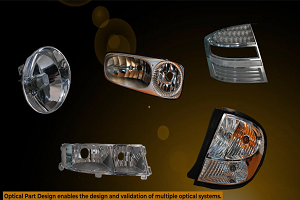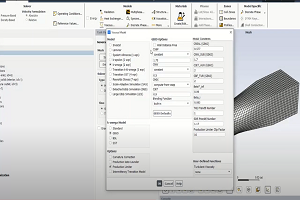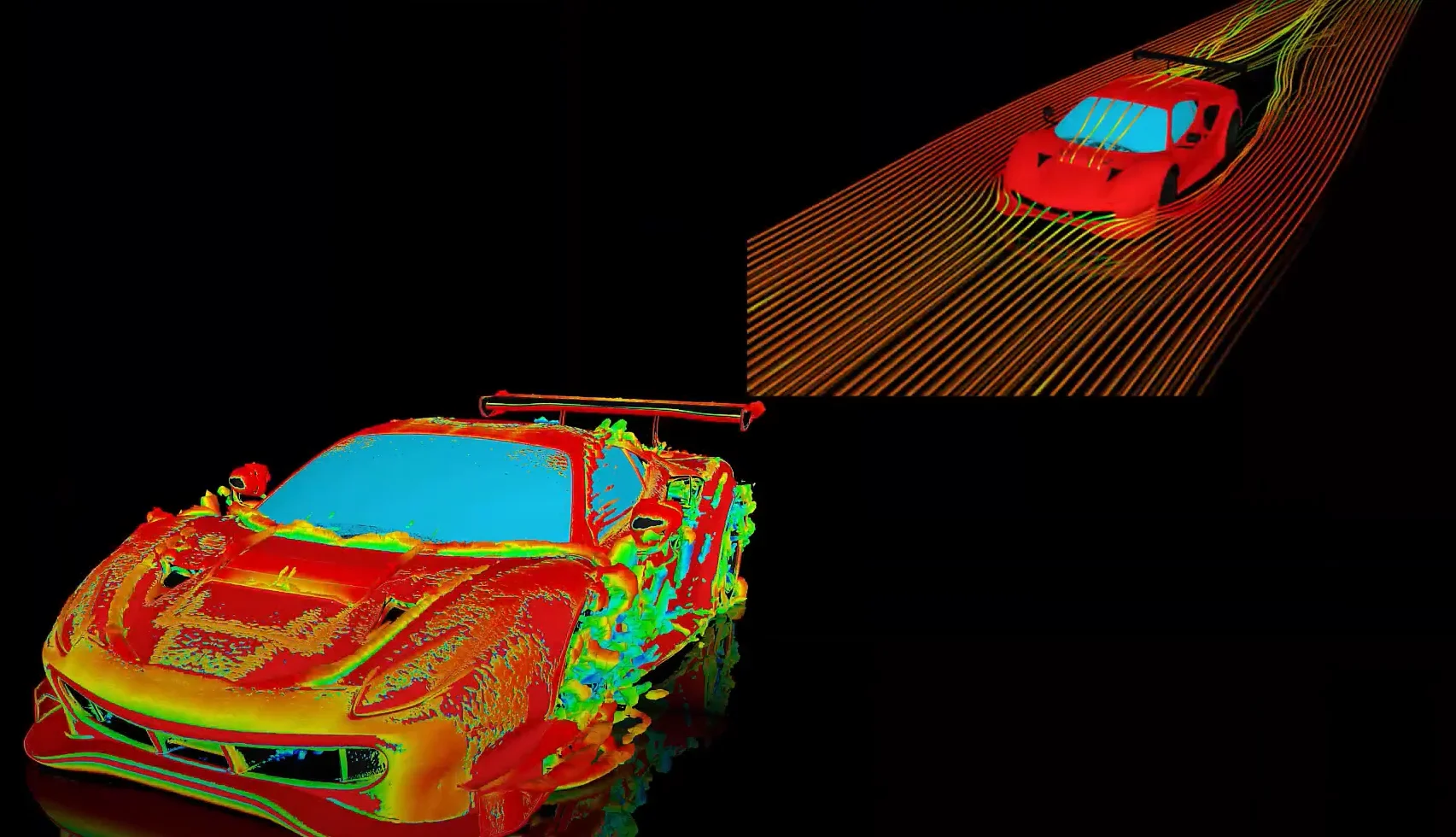I am doing a CHT calculation with a rotating zone and the calculation keeps failing with the error: “The solid velocity has a significant normal component on 54158 faces of face zone 42” What does this mean and how can I fix it?
-
-
January 25, 2023 at 7:16 am
 FAQParticipant
FAQParticipantThe normal solid velocity error in Fluent refers to the velocity that Fluent calculates for the solid energy advection term. This term is active when solid motion is enabled. Solid motion sets up a pseudo velocity in the solid. This velocity must be tangential to the surfaces of the solid at its boundaries. One setup error that could therefore trigger the velocity error is if you have a solid disk about the z axis for which solid rotation is defined about y. One question that should be considered is whether solid rotation is actually required for the modelling. In a heat transfer analysis, solid motion is typically required to (1) prevent a solid that is rotating past a heat source from developing a hot spot, or (2), to simulate continuous, conveyor-type motion of hot solids. One example of the first kind of problem is a disk brake and caliper analysis. The caliper applies friction from a fixed location as the solid disk rotates past it, so any stationary representation of the disk would cause it to develop an unphysical hot spot. Activating solid rotation for the disk adds a tangential advection term to the solid energy equation which carries the heat around the circumference of the disk and allows us to pretend that it is turning. If (1) and (2) above are not the situation being modelled, it may be enough just to rotate the fluid domain that contains the solid zone. The heat transfer process in the solid itself (heat conduction) will be independent of rotation. This is true of most cht problems that involve rotating solids.
-


Introducing Ansys Electronics Desktop on Ansys Cloud
The Watch & Learn video article provides an overview of cloud computing from Electronics Desktop and details the product licenses and subscriptions to ANSYS Cloud Service that are...

How to Create a Reflector for a Center High-Mounted Stop Lamp (CHMSL)
This video article demonstrates how to create a reflector for a center high-mounted stop lamp. Optical Part design in Ansys SPEOS enables the design and validation of multiple...

Introducing the GEKO Turbulence Model in Ansys Fluent
The GEKO (GEneralized K-Omega) turbulence model offers a flexible, robust, general-purpose approach to RANS turbulence modeling. Introducing 2 videos: Part 1 provides background information on the model and a...

Postprocessing on Ansys EnSight
This video demonstrates exporting data from Fluent in EnSight Case Gold format, and it reviews the basic postprocessing capabilities of EnSight.

- Defining heat transfer coefficient (HTC)
- Thermal Analysis of a Radiator Using Ansys Fluent
- Simulating Battery Pack Cooling System Using Ansys Fluent
- How to solve the warning: “Warning: zone of type interior found between different solids!”
- In ANSYS Fluent, when the energy equation is enabled and viscous heating is enabled, must pressure work also be turned on?
- ANSYS Fluent: Overview of the Mapped Interface Technique for CHT Simulations (18.2)
- ANSYS Fluent Student: Conjugate Heat Transfer in a Heat Sink
- How to use Thin Walls with Thermal boundary conditions?
- What is the difference between internal and external emissivity?
- How to add comments to journal file so that I will know what each entry does?

© 2025 Copyright ANSYS, Inc. All rights reserved.

